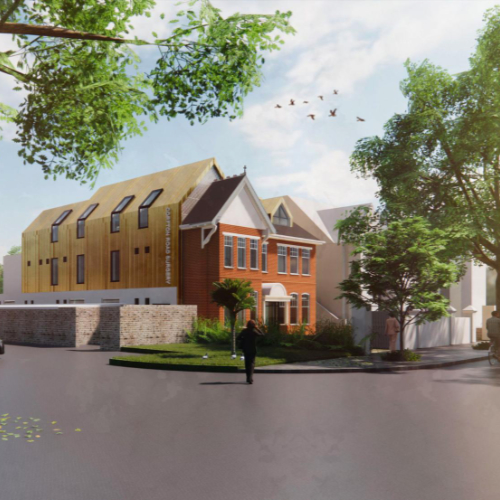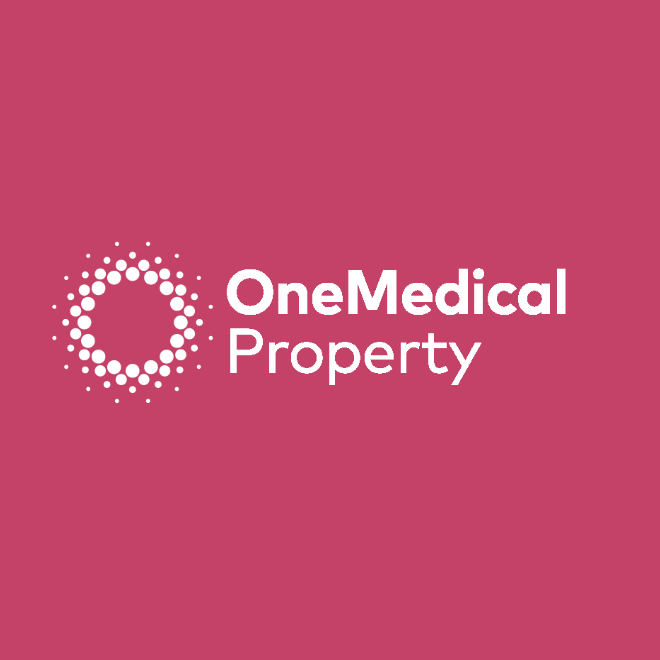OneMedical Group property CRM design. A bespoke CRM tool providing business efficiancy and scale.
Client:
Onemedical Property
Industry:
Property
Duration:
18 months
OMP sought a tool for tracking and managing property projects. Existing third-party tools were either costly or did not align with our current business requirements.
The objective was to design and build a digital product that helps the team manage the progress of project development and track issues in facilities management.
What we wanted to learn
We aimed to understand our customers’ attitudes toward phones and tablets, their role in managing business finances, and identify critical functionality to enhance the desktop app and broader ecosystem, rather than just replicate existing features.
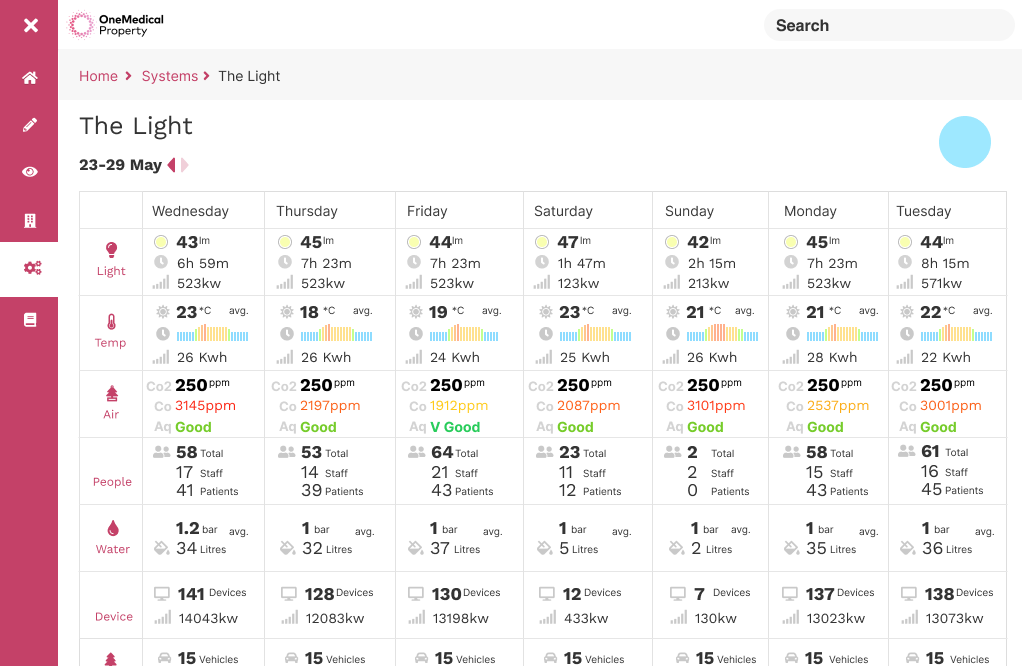
Make mobile mean business
Of all the insights our research highlighted, one theme in particular stood out to me: people accepted it wasn’t really possible to manage their business finances from your phone. Most people were resigned to sitting on their computer at home to take care of that stuff.
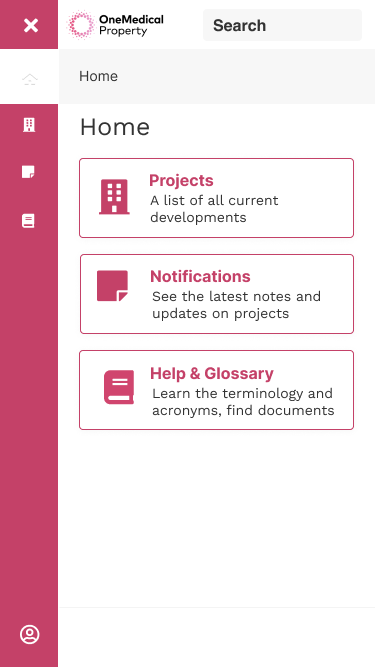
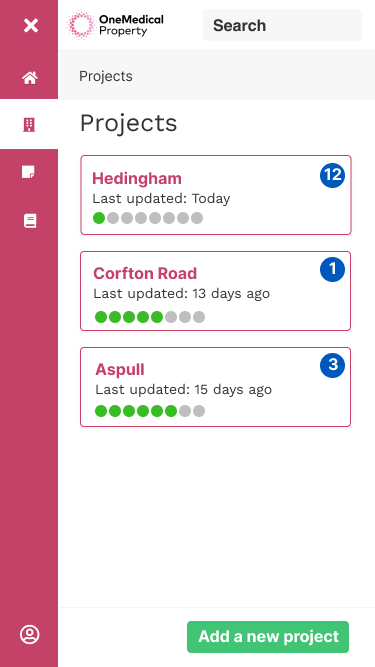
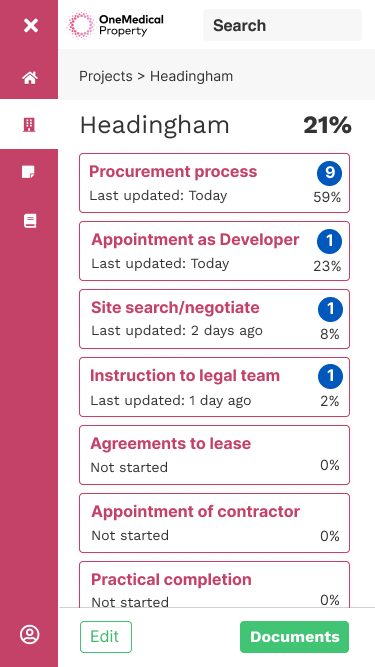

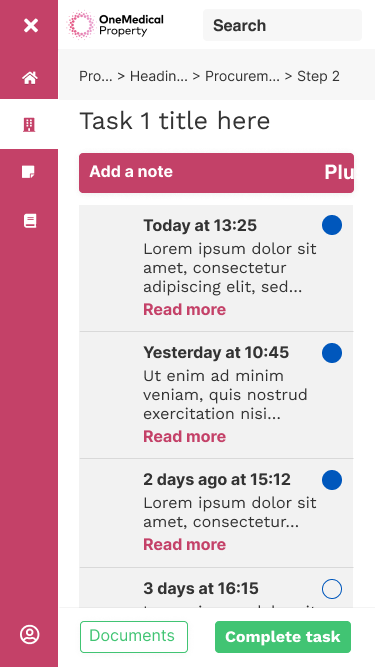
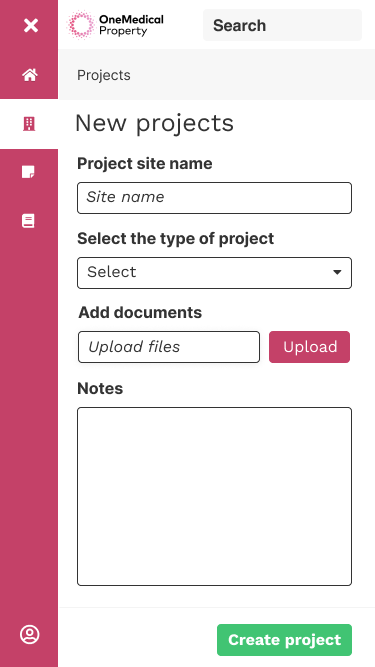
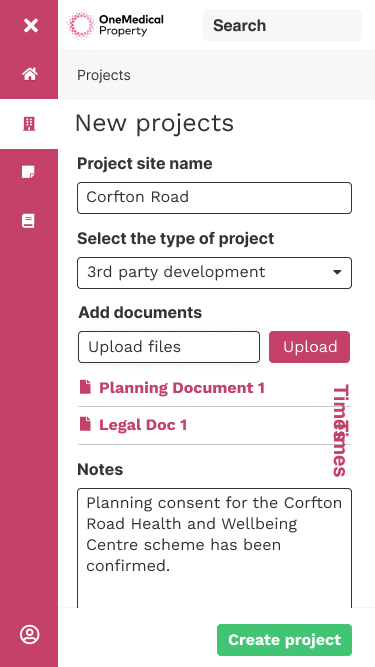
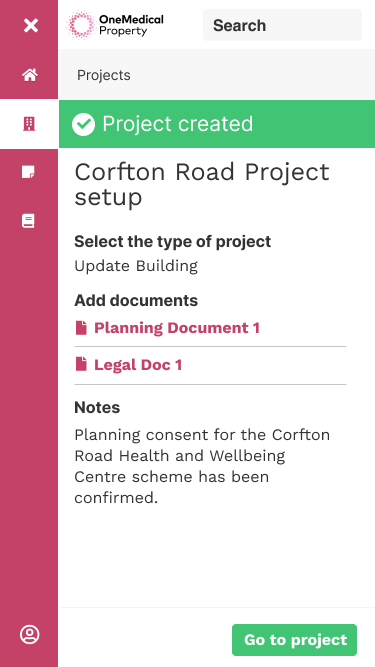
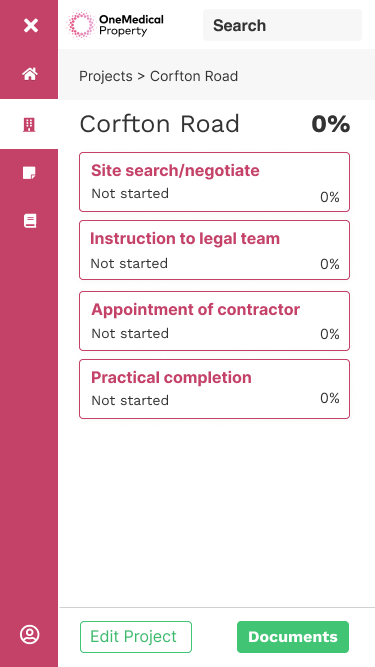
Project development Research
The project development research involved conducting interviews with the property team to gain a deep understanding of their current business processes.
These discussions highlighted that 90% of their work revolves around the development process, which includes numerous tasks and milestones. Managing property development requires creating a large number of files and consulting with various stakeholders throughout the process.
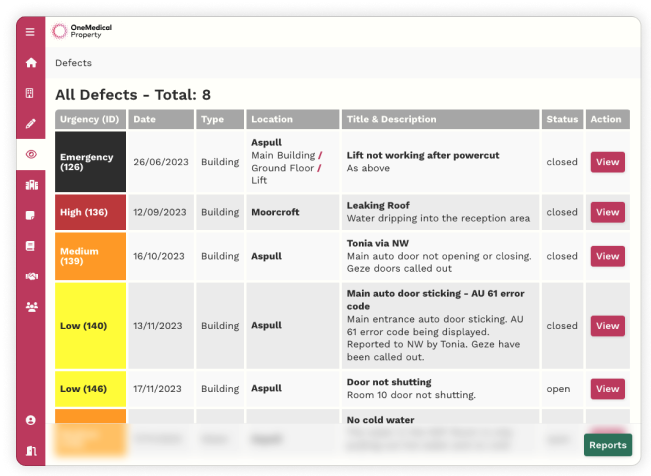
Facilities Management research
The facilities management research involved discussions with the facilities manager to understand the full defect collection process and how issues are addressed.
Key challenges included frustrations with having multiple sources of defects, the absence of a centralized task management tool to consolidate defect information, and inconsistencies in the defect data itself.
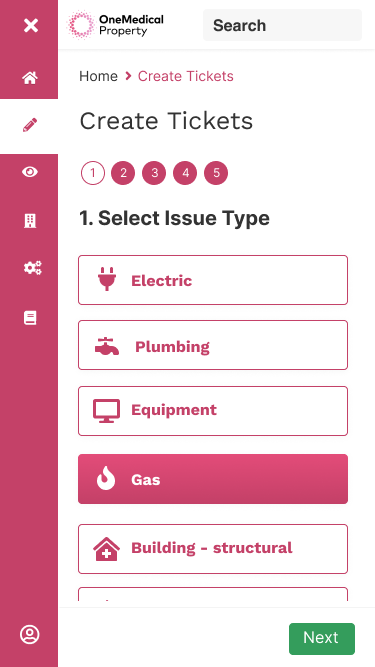
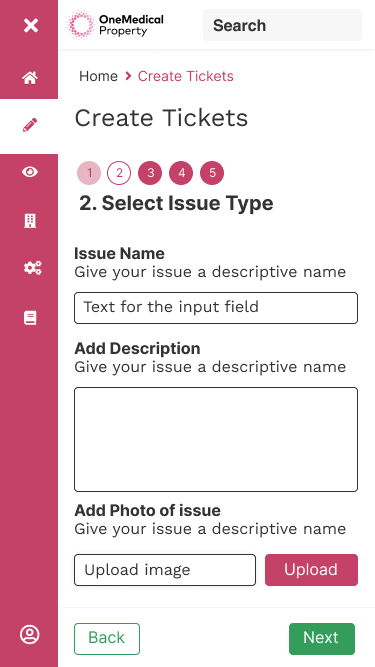
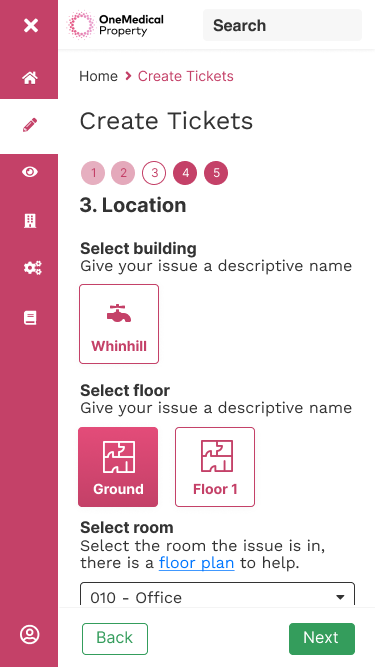
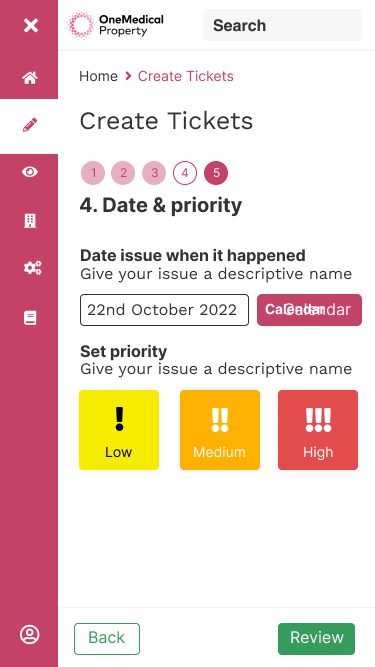

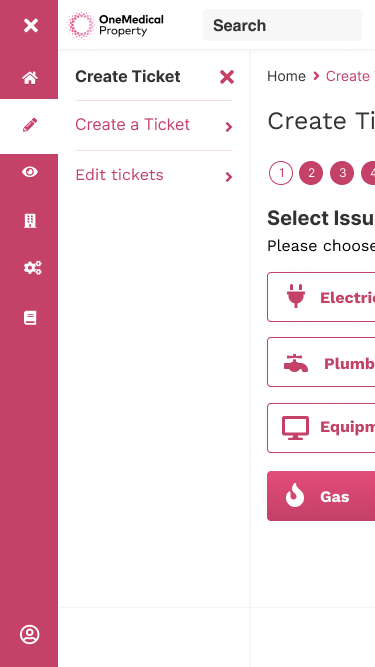
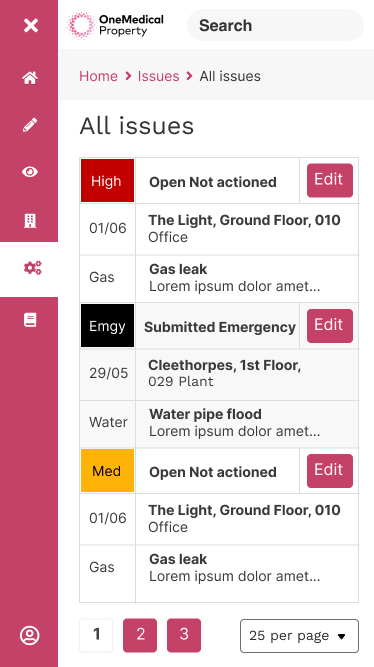
Key Takeaways
Key takeaways revealed several challenges: files were scattered across different computers, making them difficult to locate; not all team members were familiar with key contacts, as details were often buried in emails; there was a lack of awareness among team members about ongoing project tasks; defect issues were raised from multiple sources, creating confusion; and initial defect queries often went unanswered, causing delays in the process.

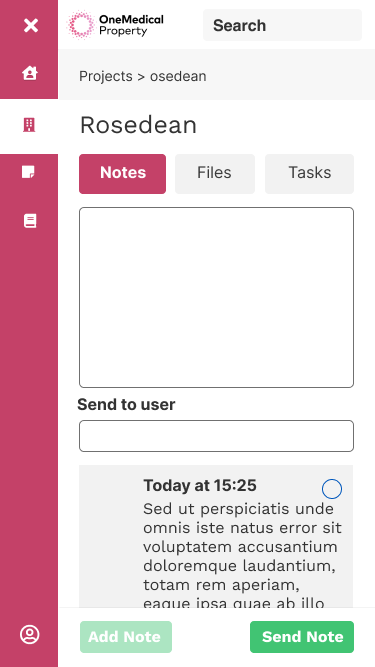
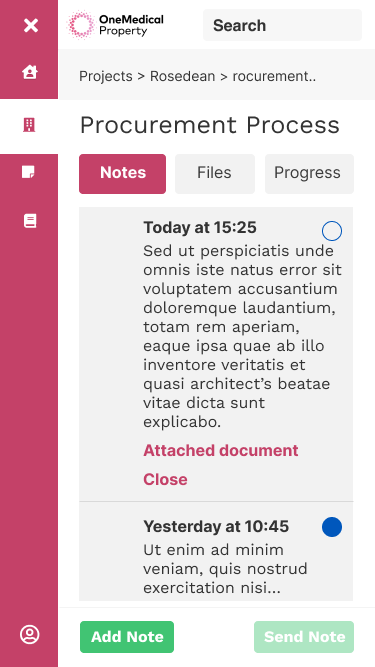
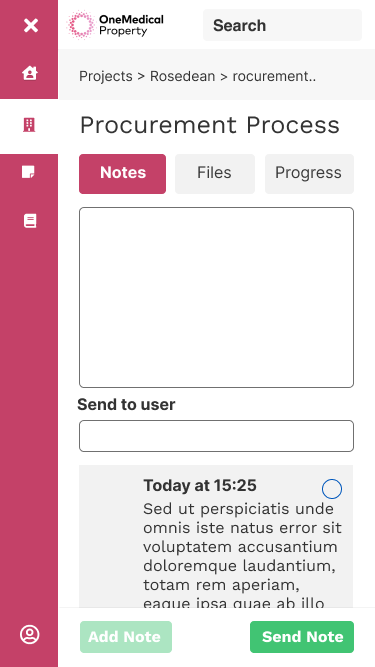
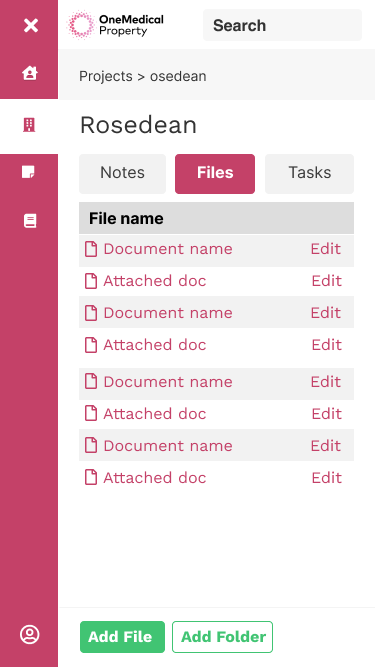

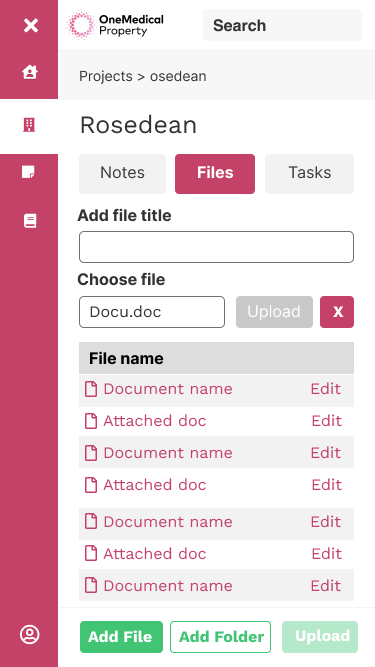
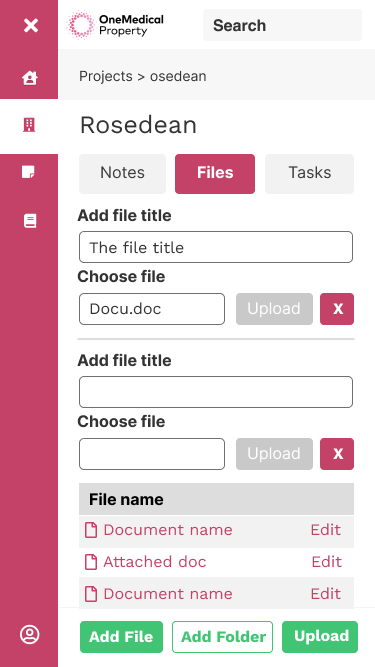
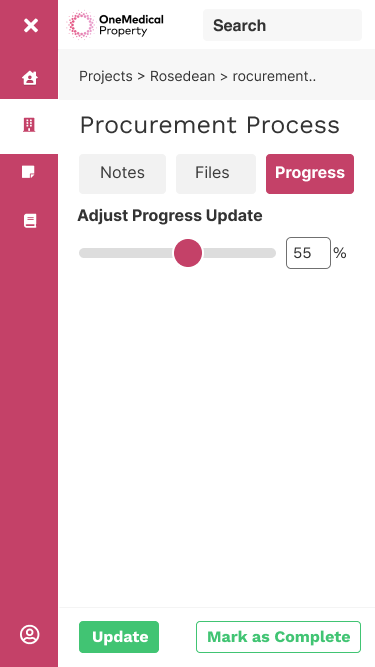
User journey's
Reviewing all the gathered information, we worked through the additional functionality required for the tool. This involved classifying insights and identifying essential features. Projects needed the ability to manage main tasks, sub-tasks, notes, and contacts efficiently.
The defect process followed a stepped approach, requiring a central place to view all known defects and generate reports. Key elements such as sites, floorplans, and locations were also integral to the user journey.
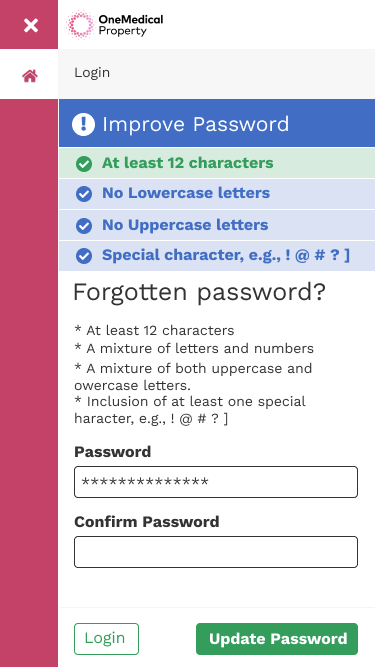
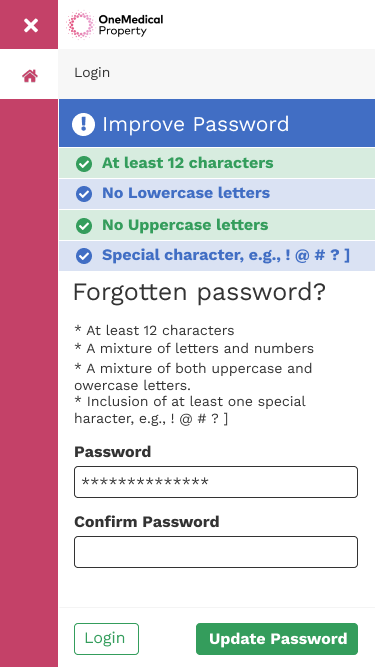
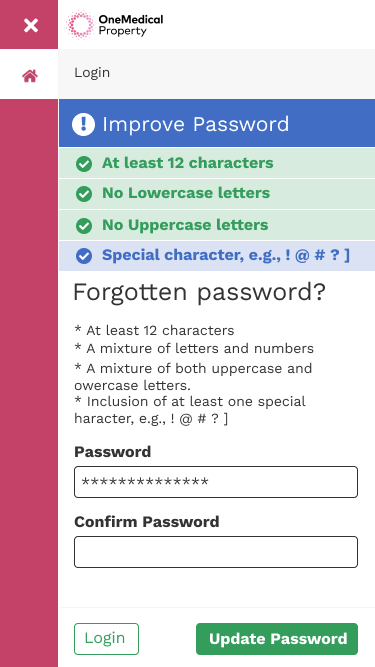
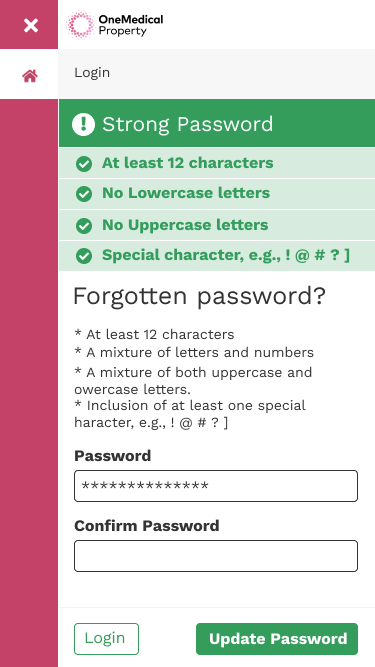

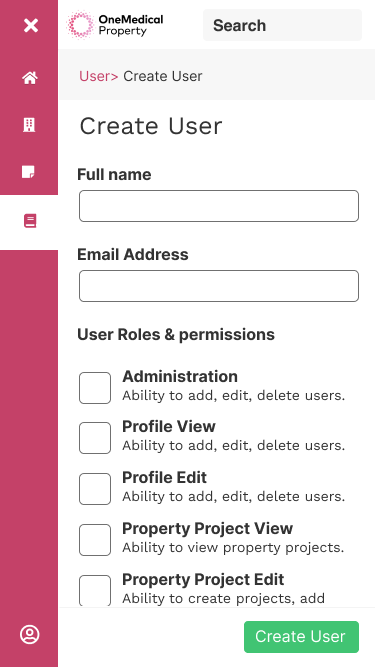
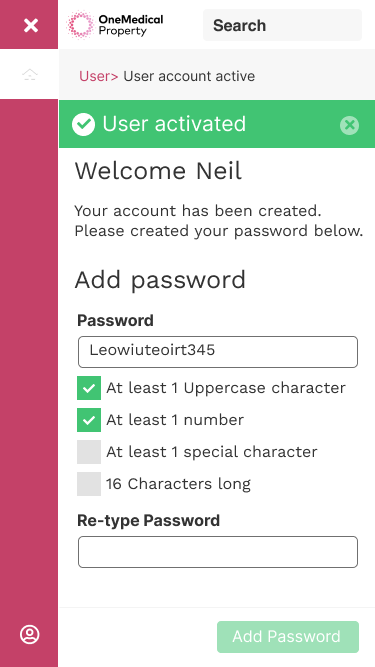
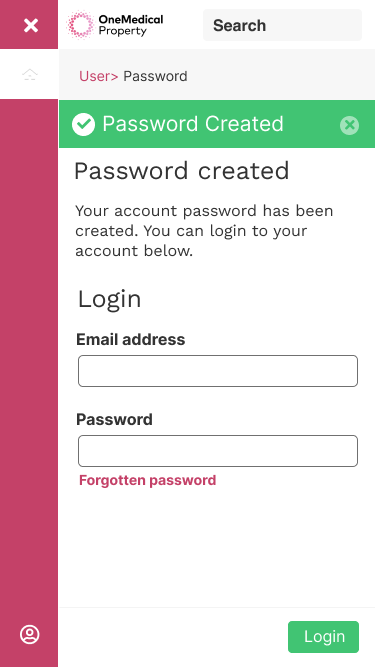
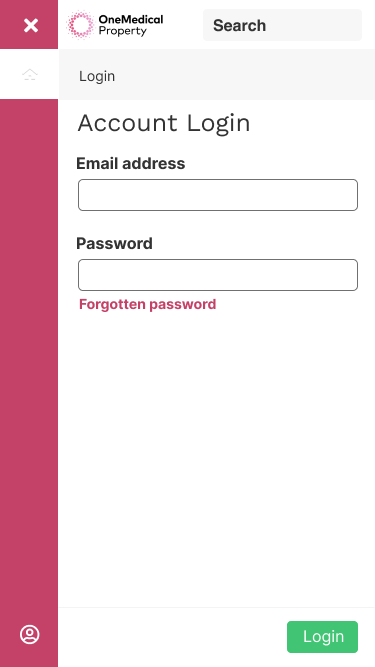
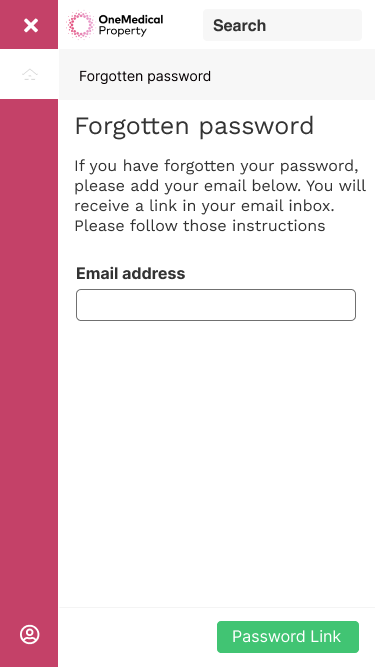
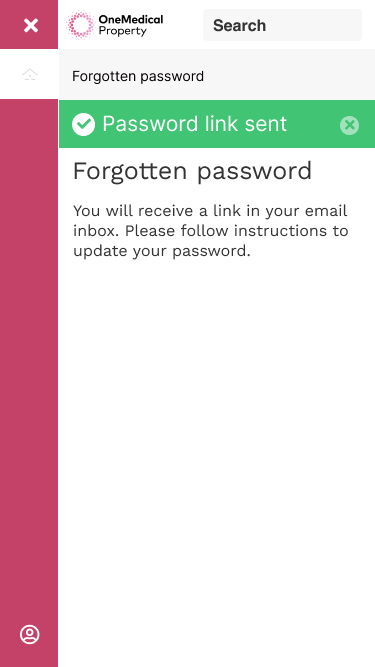
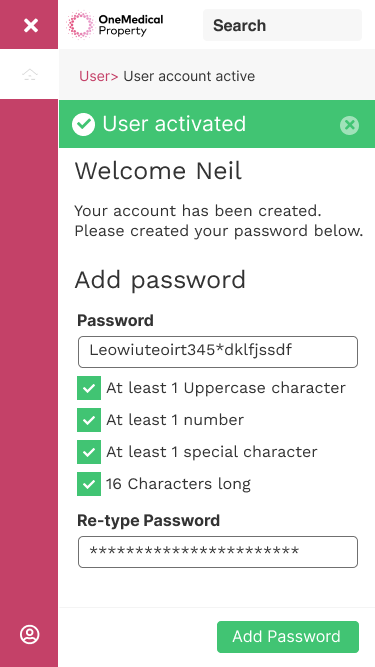
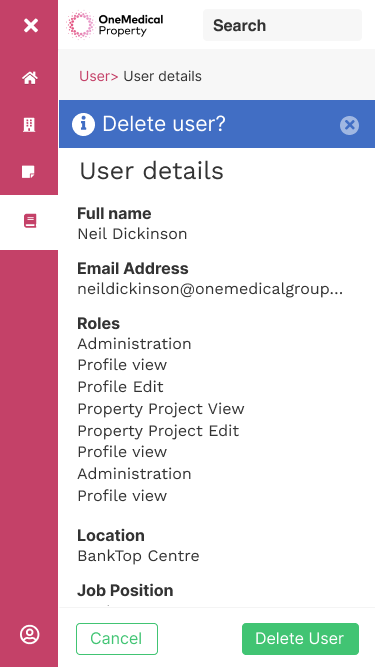

User stories and feature release
The user stories and feature release focused on defining workflows to address the primary issues faced by the property team.
The initial release delivered the minimum useful functionality needed to support their workflows, providing valuable feedback that informed and guided the development of future features for the product.
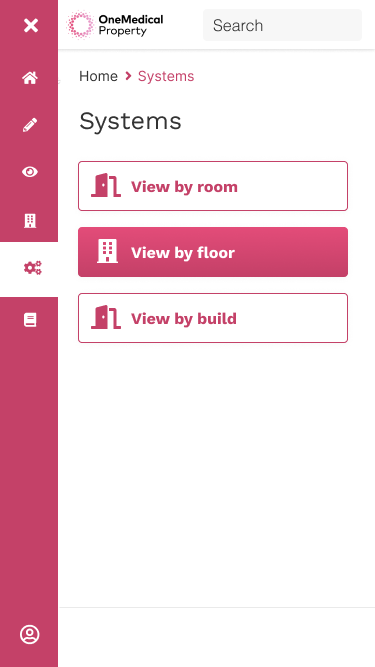
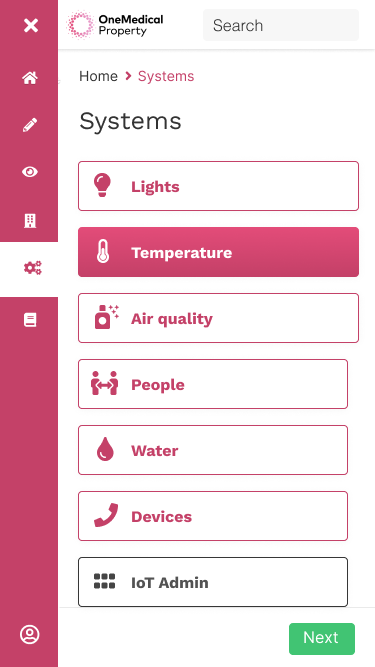
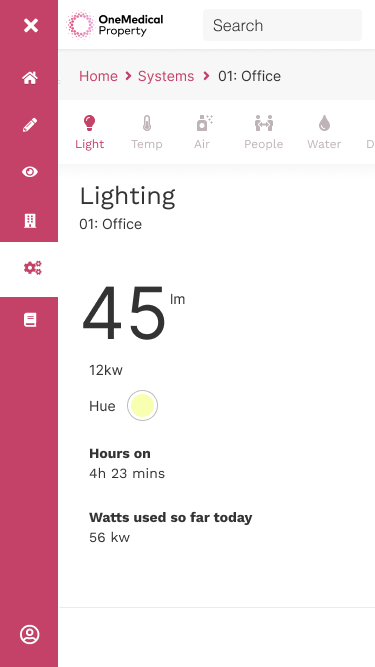
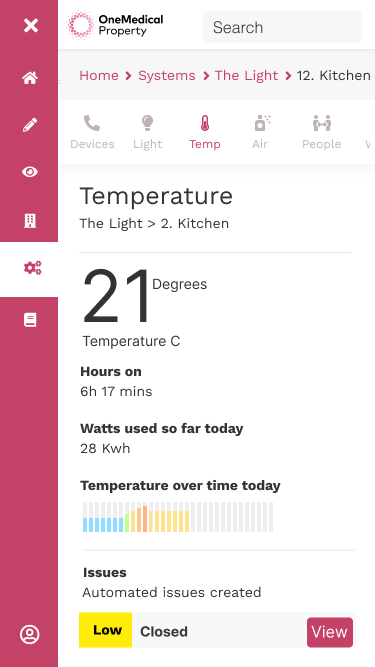
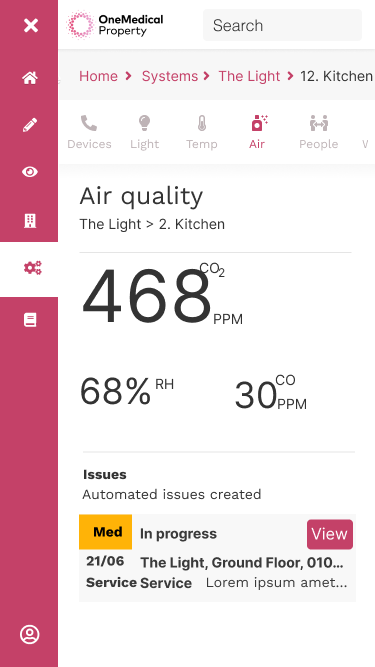
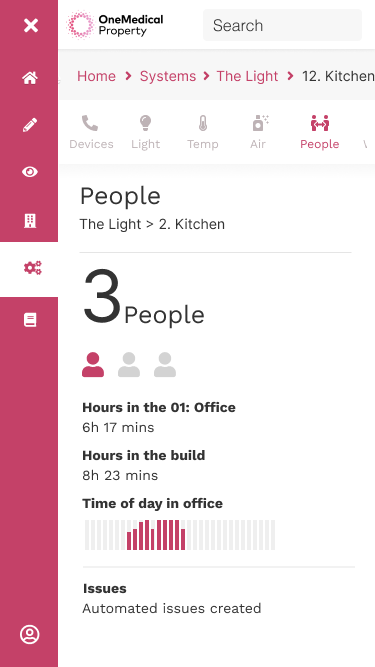
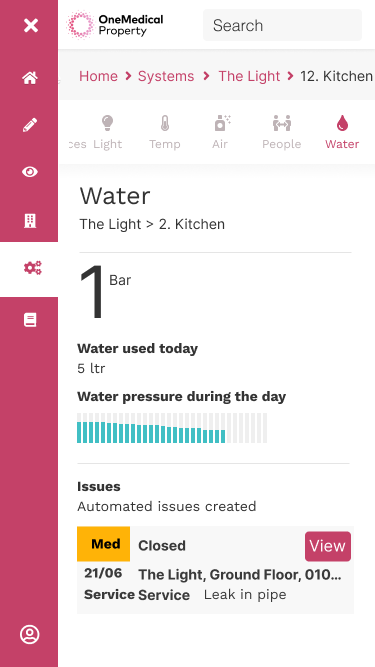
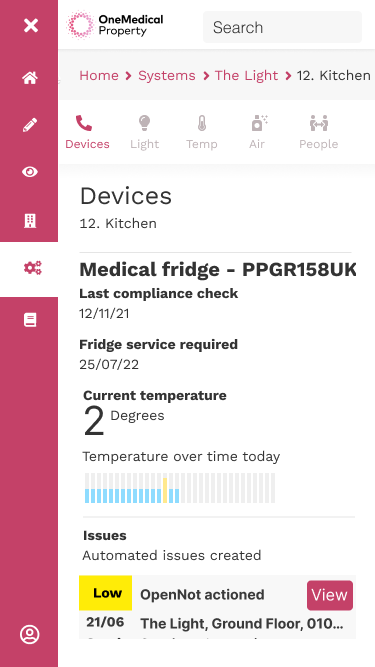


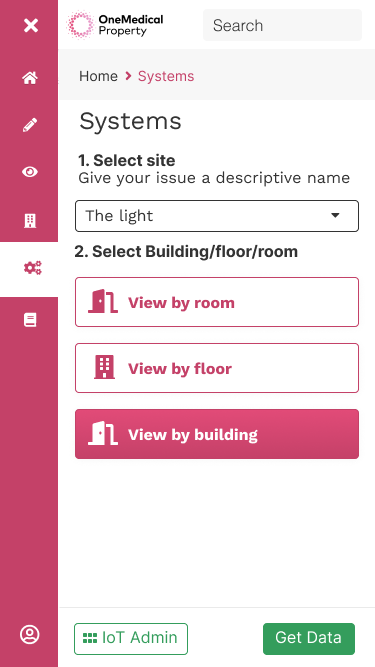
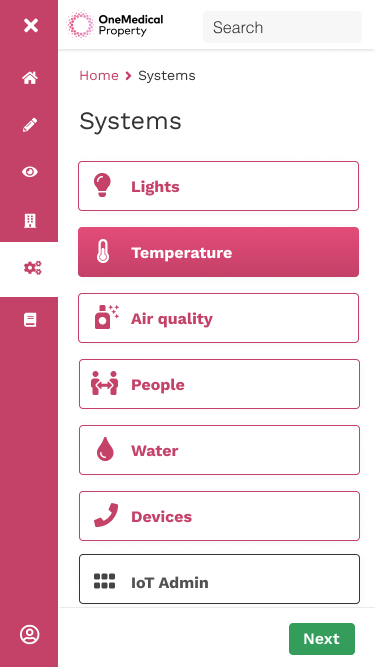
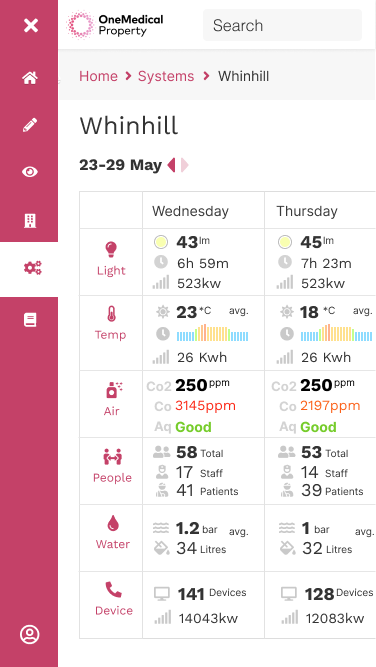
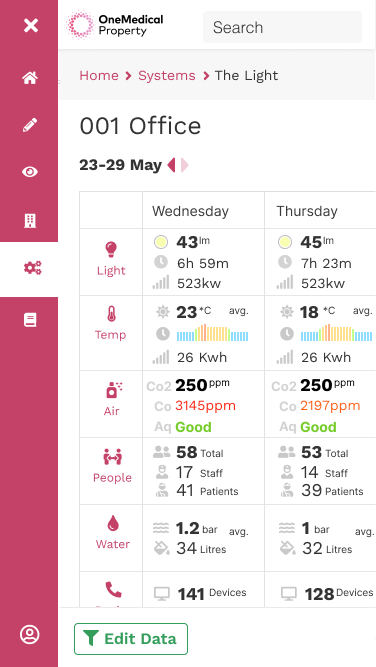
Design system considerations
Design system considerations included ensuring accessible colors, elements, and typography while optimizing for fast loading in 4G environments.
A pragmatic approach was taken, leveraging well-understood design patterns to enhance usability. Additionally, the design was evaluated for potential reuse across other areas of the business to maximize efficiency and consistency.
